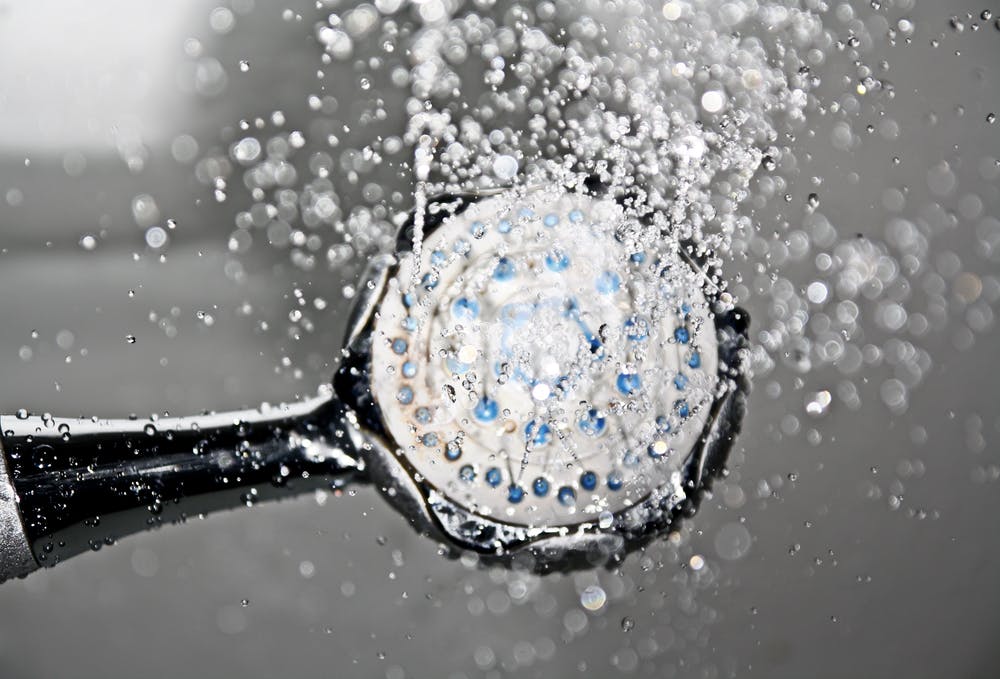We often take our modern lifestyles for granted right up until the point something goes wrong and we need a professional to fix it. In the case of your plumbing, there’s nothing worse than being denied a warm shower in the morning because there’s something wrong with your gas hot water cylinder.
And it’s not just showers that get affected, washing up and cooking in the kitchen are also depended on the heated liquid that’s produced and stored in your gas hot water cylinder. It’s safe to say that most if not all homeowners are prepared to do a little heating system maintenance before the problem gets so bad that they need to call a plumber.
While your system may seem very complex to wrap your head around, it’s actually pretty simple to maintain as long as you are diligent about it. Unlike a continuous flow system, your gas hot water cylinder will store the liquid as well as supply it to your home, meaning that there’s a lot more room for something to go wrong.
The proper maintenance of your liquid heating system is essential in order to ensure you don’t lose access to modern comforts and conveniences, especially in winter time. Let’s take a look at a few of the things you need to consider when performing routine maintenance of your gas hot water cylinder.
There are two main elements you need to keep your eye on:
- TPR (temperature and pressure relief) valve
- Sacrificial anode
What’s the TPR valve?
The TPR (temperature and pressure relief) valves are also commonly referred to as T&P valves. They are fitted onto the system as a backup safety measure that essentially vents any heated liquid if the internal temperature of the tank gets too high and risks exploding or cracking under pressure.
There is a big risk associated with faulty TPR valves for obvious reasons; they could cause your tank to explode or crack, both scenarios that can cause significant damage to your home and any people or animals nearby. Obviously, you need to make sure your TPR valves are functioning correctly less you risk a disaster that’s at best costly and at worst fatal.
How do you test the TPR valve?
Testing and flushing a TPR valve is not a very complicated process and can be done by someone who’s a complete amateur when it comes to plumbing related issues. If you notice that the valve is leaking via the outlet pipe, it’s a sign that the entire valve needs replacement.
When you test the valve, make sure to stand back as it will expel some very hot liquid. It’s also a good idea to wear gumboots, gloves and long pants so that you don’t get singed.
- Make sure that the area directly beneath the pipe is clear of any obstructions and make sure that you keep a good distance between yourself and the outlet point.
- Lift the handle very gently and don’t force it if it is stuck for some reasons. If it won’t budge, you’ll have to just get it replaced. If it does move, then some extremely hot liquid should be expelled from you gas hot water cylinder.
- Return it to its closed stance very gently and watch the flow cease. It the flow does not cease it’s a sign that the valve needs a total replacement as it is not working reliably.
What’s the sacrificial anode?
Any gas hot water cylinder is going to have what’s called a ‘sacrificial anode’ installed inside. The sacrificial anode is a magnesium or aluminium rod, costed in zinc, that hangs inside the tank.
The ‘sacrifice’ comes in the form of the rod attracting impurities and minerals in the water that would otherwise cause the interior walls of the tank to rust. The rod gives its life for the good of the tank by letting itself rust.
Naturally, the rod won’t last forever and if the liquid is coming out a brownish, rusty colour then it’s a sign it has stopped being effective and needs to be replaced. It’s very important for the health of your gas hot water cylinder that the sacrificial anode is replaced when it stops being effective.
How often should the sacrificial anode be replaced?
In the majority of cases with gas hot water cylinders, the sacrificial anode needs to be replaced every 5 years or so. Obviously, failing to replace it when it stops being effective will spell death for your tank and is the most common reason for failure cited by experienced plumbers.
If you are diligent and make sure it is checked on and replaced around every 5 years then it shouldn’t cause you any significant problems. As with everything, diligence and prudence is essential.

